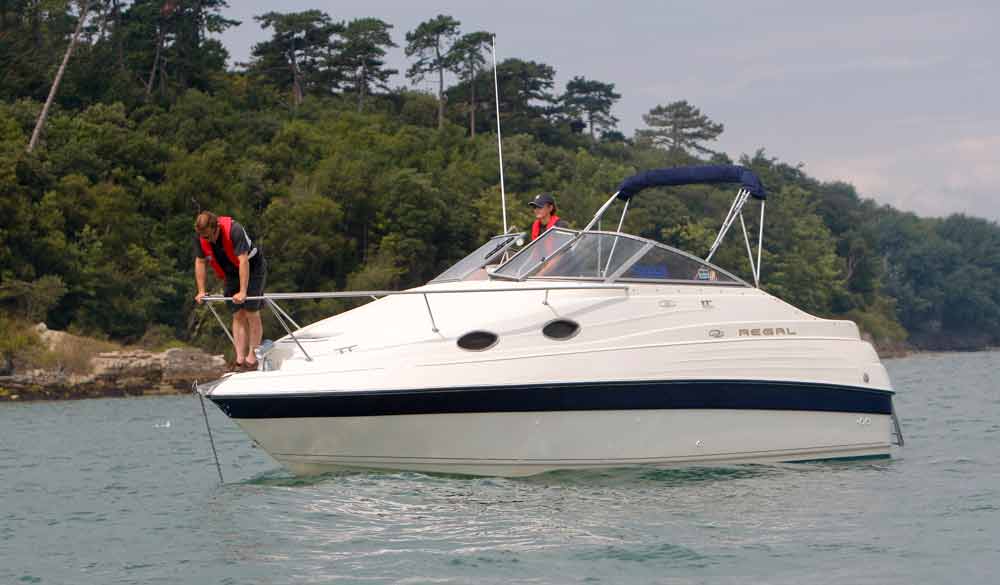Anchoring with care
The Green Blue share some best practice tips on anchoring with care and protecting sensitive seabed habitats.

As recreational boaters it’s essential to be aware of the protected seabed habitats that lie hidden under the water’s surface. By protecting habitats while anchoring and mooring, you can play a big role in securing the future biodiversity of our seas.
What is seagrass?
Seagrasses are a key habitat for creatures on the seabed. However, seagrass is highly at risk from damage and is currently classed as a critically endangered species. The habitat that seagrass provides is essential to the marine ecosystem. Seagrass acts as a key breeding, feeding and resting ground for a variety of protected species such as seahorses, cuttlefish, stalked jelly fish, and rare seaweeds.

What are the challenges?
Traditional swing moorings are most used in UK waters, these moorings consist of an anchor, chain, and float.
Chains are prone to moving with the tide and in doing so, often scour and abrade the seabed as they pivot around the anchor point. Repetitive damage from anchoring and mooring can result in a significantly lower chance of seagrass regrowth in that area.

Anchoring best practice techniques
Before you set off, find out if there are any protected seabed habitats in the area that you are intending to anchor. Wherever possible, you should choose an anchorage away from sensitive habitats.
Try to target bare sand away from the edge of seagrass beds when deploying the anchor. Always consider the pivot area of your anchor chain, to minimise encroaching into a protected habitat.
Another tip is to flake out the correct amount of chain (4 x max. depth at high water) or if using a chain and warp (6 x max. depth at high water). This will help keep the length of chain to a minimum and lessen the chance of additional chain abrasion on the seabed.

What about Advanced Mooring Systems?
Advanced Mooring Systems (AMS) are designed to have less impact on the seabed. There are various AMS designs that exist, with changes often made to the chain. For example, using an elastic component that does not lie along the seabed, and a helical screw pile component rather than a block.

Other ways boaters can help…
As boaters we can have a significant positive effect on seagrass beds just by making minor changes to our boating practices.
One example of this is to use a designated slipway whenever possible to land and launch your boat. This will avoid the hull, your feet, and trailer wheels from encountering sensitive habitats in shallow waters.
Avoiding shallow waters and being conscious of low tides will help minimise your boat chances of coming into contact with or running aground on seabed vegetation.
If you do run into seabed vegetation, stop immediately and lift your engine. You should then paddle away until you are clear of it. Never use your engine to force your way out, as this will damage both the habitat and your engine!
Voluntary No-Anchor Zones
Seagrass beds are rapidly declining and are becoming especially scarce in UK waters. If all water users make a conscious effort to anchor with care, there is a chance that we may be able to save this essential habitat.

Get social!
For further information and guidance on sustainable boating, follow The Green Blue on Facebook and Instagram.
For more details on environmental best practice when anchoring and mooring, download The Green Blue's free guide.
